Schola Heidelberg – Parole e Testi
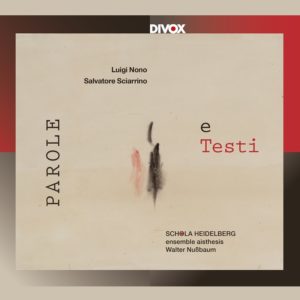 Experimental vocal and instrumental compositions from the second half of the previous century, closely connected in text and thought with Italian poetry, convey an impression of the philosophy and compositional methods of the two musicians Luigi Nono (1924-1990) and Salvatore Sciarrino (b. 1947), which were similar in several aspects. The title of the CD, Parole e Testi, is thus meant quite literally. „Schola Heidelberg – Parole e Testi“ weiterlesen
Experimental vocal and instrumental compositions from the second half of the previous century, closely connected in text and thought with Italian poetry, convey an impression of the philosophy and compositional methods of the two musicians Luigi Nono (1924-1990) and Salvatore Sciarrino (b. 1947), which were similar in several aspects. The title of the CD, Parole e Testi, is thus meant quite literally. „Schola Heidelberg – Parole e Testi“ weiterlesen

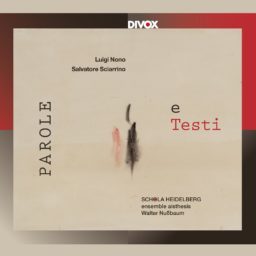
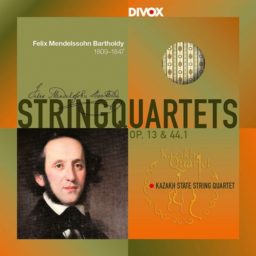
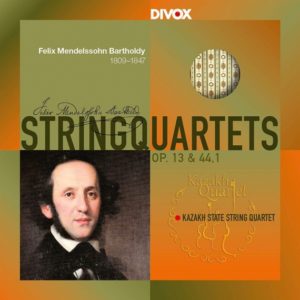 At the age of 18, Felix Mendelssohn composed his String Quartet Op. 13, one of his major early works. The fact that it was written after Beethoven’s death reveals a wealth of references: the youthful master experimented blithely with form and content. The Quartet also has an autobiographical component going back to the song “Frage” (“Question”), the beginning of which (underlaid with the question “Ist es wahr?” – “Is it true?”) provides the motto of the first movement and returns toward the end of the finale – a very personal message from Mendelssohn.
At the age of 18, Felix Mendelssohn composed his String Quartet Op. 13, one of his major early works. The fact that it was written after Beethoven’s death reveals a wealth of references: the youthful master experimented blithely with form and content. The Quartet also has an autobiographical component going back to the song “Frage” (“Question”), the beginning of which (underlaid with the question “Ist es wahr?” – “Is it true?”) provides the motto of the first movement and returns toward the end of the finale – a very personal message from Mendelssohn. 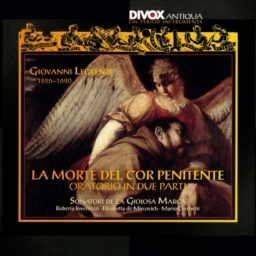
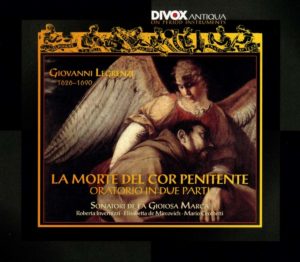
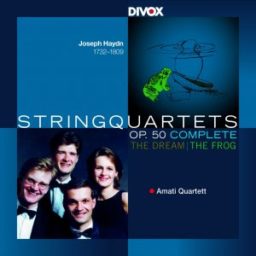
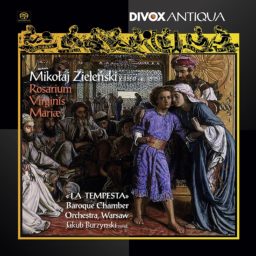
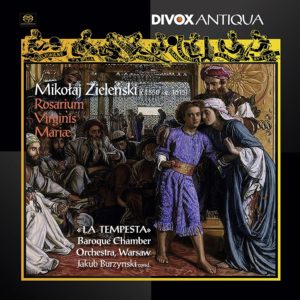 The „Rosary Prayer“ – notably the most important, best-known and most widespread popular prayer of the Catholic Church – has circulated already in the Middle Ages in Europe and inspired the greatest artists to create works that are admired to this day (Albrecht Dürer, Heinrich Biber). We are very proud that with this production a small „treasure“ on this topic is finally lifted. Pope Pius V had formally established how to pray the Marian Rosary in a 1569 bull; it can be assumed that Zielenski – at that time already born – therefore followed this order:
The „Rosary Prayer“ – notably the most important, best-known and most widespread popular prayer of the Catholic Church – has circulated already in the Middle Ages in Europe and inspired the greatest artists to create works that are admired to this day (Albrecht Dürer, Heinrich Biber). We are very proud that with this production a small „treasure“ on this topic is finally lifted. Pope Pius V had formally established how to pray the Marian Rosary in a 1569 bull; it can be assumed that Zielenski – at that time already born – therefore followed this order: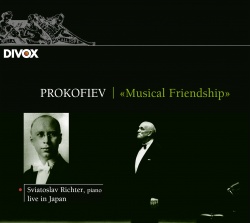
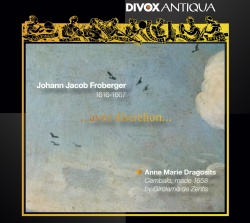
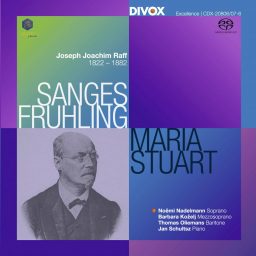
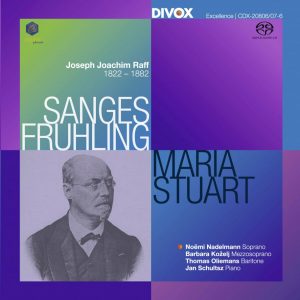 Joachim Raff, born 1822 in Switzerland, was an important composer of the 19th century. Franz Liszt – who’s assistant he was from 1850 to 1856 – had great benefit from Raff’s talent for instrumentation. He had influence e.g. on Tchaikovsky, Mahler, and Debussy.
Joachim Raff, born 1822 in Switzerland, was an important composer of the 19th century. Franz Liszt – who’s assistant he was from 1850 to 1856 – had great benefit from Raff’s talent for instrumentation. He had influence e.g. on Tchaikovsky, Mahler, and Debussy.